The Role of ctDNA, Claudin 18.2, and PD-L1 in Patient-Centered Gastric Cancer Care
By Yelena Janjigian, MD, Bassam Sonbol, MD, Sakti Chakrabarti, MD, Samuel Cytryn, MD, Mariela Blum Murphy, MD - Last Updated: March 19, 2025In part two of this roundtable, the panelists explore the evolving role of ctDNA, claudin 18.2, and PD-L1 in personalizing gastric cancer care. Drs. Janjigian, Sonbol, Chakrabarti, Cytryn, and Blum Murphy discuss the integration of cutting-edge biomarkers, the impact of novel therapies, and strategies for overcoming real-world challenges in biomarker testing, while sharing valuable insights into the clinical implications of immunotherapy, circulating tumor DNA testing, and emerging therapeutic targets shaping the future of gastric cancer treatment.
—
Dr. Janjigian: Sam, I know you have experience with ctDNA testing in this disease and although most of the biomarkers and the targets we have are immunohistochemistry based, how do you think ctDNA would fit into this, especially if there’s scan tissue quality? Can we assess some of these targets through ctDNA? And what do you see the role of ctDNA in testing?
Dr. Cytryn: Yeah, I think it’s a really great question because it is constantly evolving and the research landscape is changing so quickly. I think the first most important thing is getting circulating tumor DNA testing at baseline. Because it can go from being detectable in the blood to undetectable even within the first cycle of treatment. And so even though the IHC test can come back within a matter of days, if you wait to start treatment and then get ctDNA testing, it may be undetectable.
And so in a patient in whom perhaps they have locally advanced disease or oligometastatic disease and ultimately you’re thinking about converting them from unresectable to resectable and then they’re going to go for surgery and you’re considering a future point either a year down the road, two years down the road of stopping therapy because we’re so fortunate to be in the position where we’re now having three, four or five year survivals that we never had before.
If you get circulating tumor DNA at that point and it’s undetectable, well what was it in the beginning? So really it’s important to have a baseline. And that’s in the binary sense, detectable, undetectable.
The second piece of this is using it as genomic sequencing. And so you mentioned before next-generation sequencing and the tissue is biopsies are perfect, right? This disease as we’re talking about is very heterogeneous in space and in time. And so being able to get circulating tumor DNA will be a more comprehensive genomic profile of the entire tumor and allows us to get it over time and determined targets as they’re changing in real time.
Dr. Janjigian: And I think that’s why NGS is helpful in a sense for tumor matched, but also perhaps for germline assessment. As increasingly we know young onset gastric cancer in particular may have germline alterations that we would not have detected otherwise. So of course at ASCO GI and many other congresses, we’ve presented survival data from CheckMate 649. It’s really shocking to me that it’s been five years, but here we are five years and survival cut. And certainly to be able to tell a patient even at the first visit, there’s a possibility, a real chance you may be alive with our disease. Five years has been an amazing feeling. And of course it would be nice to know who those patients are, but some, how do you think about it? Do you get a sense early on in the course who will be those 20% or plus patients who are living with their disease?
Dr. Sonbol: Yeah, I mean I think across different studies now we have the higher PD-L1 reflects those are the patients that are more likely to respond to the therapy. If we take the CheckMate 649 for example, of course the primary cutoff was 5% and above. And then they did the analysis for PD-L1 positive and then all comers and it was positive across. So it’s more pronounced than the 5%. And that’s where I have the conversation with patients that this is definitely where I would add it, between one to five. It’s a conversation between me and the patient about pros and cons.
Negative I tend to not add just because it’s been consistent with other studies and the FDA analysis as well across the three studies. But I think that’s something that I’ve seen also in my clinic, especially those patients above 10, they are the ones that are surviving now a few years later. And as you mentioned, it’s really exciting. And I tell patients because they talk about, because at the two-year mark now they’re talking about should we stop or not? And I tell them that we are at the luxury right now that we are having this conversation in the first place. A lot of these patients, they really want to continue the therapy because they are afraid of stopping. But at the end of the day, it’s a conversation.
Dr. Janjigian: It’s the hardest discussion. And I can tell you I can be very convincing, but I usually fail every time I’m convincing the patient to stop therapy. Because it is in a way, and it’s so well tolerated, maintenance therapy. We know with the immune checkpoint blockade, if you don’t get toxicity within the first few months, it’s unlikely you’re going to. So when we got approved in first-line setting, there were no targeted therapies beyond trastuzumab in first-line therapy. Now the field is getting more nuanced, right? We talked about claudin inhibitor, potential FGFR-2B inhibitors. How do you prioritize Mariella? How do you think about these? What do you tell your patients?
Dr. Blum Murphy: Yeah, definitely. I think guidelines also are helping us tailor the treatments. Definitely universal testing for all patients with microsatellite. So if the patient is MSI, definitely treatment with immunotherapy at front. If patient has HER2-positive tumor, they usually are exclusive. We don’t really see much HER2 and microsatellite highs. So HER2-positive tumor, CPS more than one, we use Herceptin or trastuzumab with pembro. And if the patient does have a CPS more than one and claudin negative, we are using immunotherapy.
Now if you have a clotting positive PD-L1 negative is a little bit more straightforward with zolbetuximab. But if you have both PD-L1 positive and clotting positive, I think what we’re prioritizing is CPS more than five patients do get immunotherapy, and CPS less than five and claudin positive the patients will get zolbetuximab. Until we get data of both PD-L1 inhibitor and anti-claudin antibody.
Dr. Janjigian: What are people experience outside of a clinical trial now with claudin inhibitors or even on a clinical trial? What are your patients saying? What are your nurses saying? How is it impacting your infusion time and the chemo suites? Tell us.
Dr. Chakrabarti: Yes. So we have started checking for claudin 18.2 for all patients since the recent FDA approval. So we are just getting the flavor of it, we cannot call ourselves an expert yet.
So first of all, we do the reflex testing for MMR and IHC and often the tissue is exhausted just by that. We do not have enough to check for claudin 18.2. That’s one issue. We kind of go back and talk to our GI doctors to get a bigger chunk of tissue and all that. So that’s one thing. We try to get another biopsy and test for it, which is not easy most of the time or many often not easy. But then if we do get 18.2, but no PD-L1 expression, then I think zolbetuximab with chemotherapy is the standard of care.
We had few patients and vomiting has become very important issue, which takes a lot of chair time, caused a lot of anxiety among the nurses, but we had a very good in-service education about it with our nurses and other staff so that they’re equipped to handle that. We routinely actually give them three prophylactic anti-nausea medication, including all the nausea receptor blockers, Zofran, and all that.
Dr. Janjigian: Of course.
Dr. Chakrabarti: Emend and all that. So despite that, I believe that data that 60% people end up actually complaining of significant nausea and vomiting. So that’s a challenge. But then the group of patients who have co-expression of PD-L1 and claudin 18.2, I don’t think we even don’t know exactly what be the right thing for them. I think one approach we talked about, well there are two views. One view is looking at the spotlight data. So the median overall survival is 18.2 months.
So which is if we do cross trial comparison somewhat better than CheckMate 649, which is about 13, 14 months. But this is a cross trial comparison. I don’t think it’s a very scientific argument to say if there is a co-expression, maybe we should prioritize zolbetuximab chemotherapy over immunotherapy plus chemotherapy. But that’s one argument which I have heard.
That counter argument is zolbetuximab is not easy to tolerate. We can try that, but the patient does not tolerate it well or have significant difficulty with nausea and vomiting, we switch to chemoimmunotherapy. So these are the two sides of the argument. And again, I would love to hear from other-
Dr. Janjigian: Sound comment, because speaking of argument, Dr. Cytryn here has argued this at various podiums. And so tell us, Sam, what are your thoughts?
Dr. Cytryn: I’ll say in those instances, I put my attorney hat on, argue the side I was assigned. But one thing I would comment is when you’re doing cross-trial comparisons, it’s really critical to look at the control. Because the control arm in the study that you’re referencing where the zolbetuximab plus chemotherapy was 18 months, it was still only about a two month benefit and a hazard ratio of 0.8. So that is really consistent. And when you look at the baseline characteristics, I believe in that study, the majority of patients were from Asian population and had distal gastric cancers as opposed to proximal and GE junction cancers, which we know because of chromosomal instability tend to be those patients unfortunately overall do worse and have a worse prognosis.
In my practice in a patient who is PD-L1 positive or high, and claudin 18.2 positive, and I also just want to get away a little bit from the dichotomization of everything. Because right now positive means 75% expression or greater, but with all of the trials that you’re mentioning, the bar for Claudin positivity is going to decrease as the drugs get better. But right now that dual positivity represents about 15 to 20% of patients.
And it’s really flattening of the curve in that five year survival that I would love to be wrong about the zolbetuximab data, but my optimism is much more measured that we will see similar outcomes because it’s not modulating the immune system in the same way.
The other consideration that I have in addition to the toxicity that you both articulated very well is these patients come in incredibly symptomatic, very sick, high tumor burden, and the improvement in tumor regression beyond what chemotherapy can do alone with the addition of checkpoint blockade is really meaningful. And the quality of life data that was published in GCO really points to that and we just didn’t see that in the SPOTLIGHT or GLOW trials.
So all things being equal in the patients with dual high tumors, I tend to favor PD-1 innovation.
Dr. Janjigian: Well of course we can always do better and that’s why we’re all here together talking about the next wave. I think we’ve done pretty well in the last few years. The next wave of clinical trials will be a bit more complicated because of the subset analysis in dissecting the combination of contribution components. We certainly know that dual immune checkpoint blockade with anti-HER2 is very helpful, but that’s high PD-L1 over expression HER2 positive tumors. Will that impact outcome and clot in positive tumors? That’s to be determined.

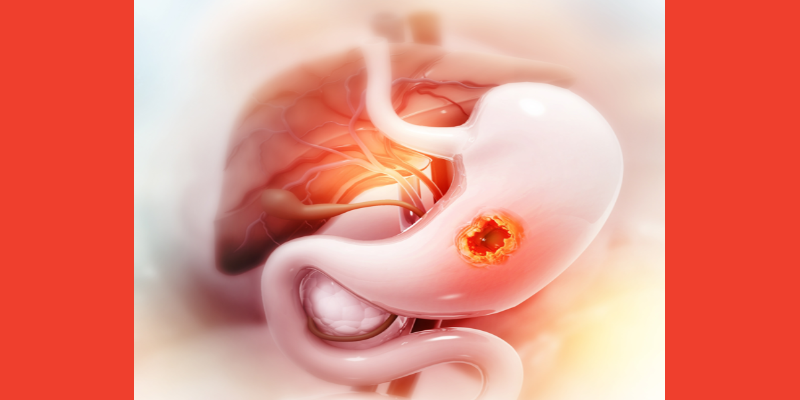
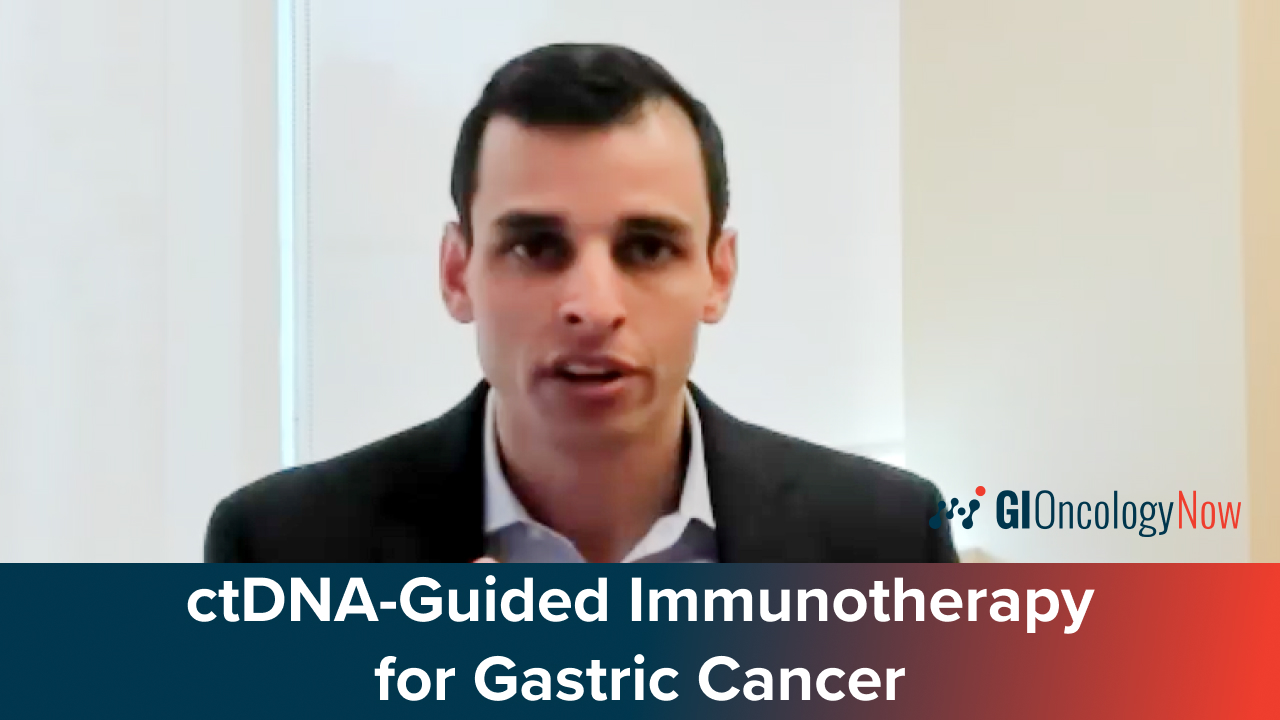
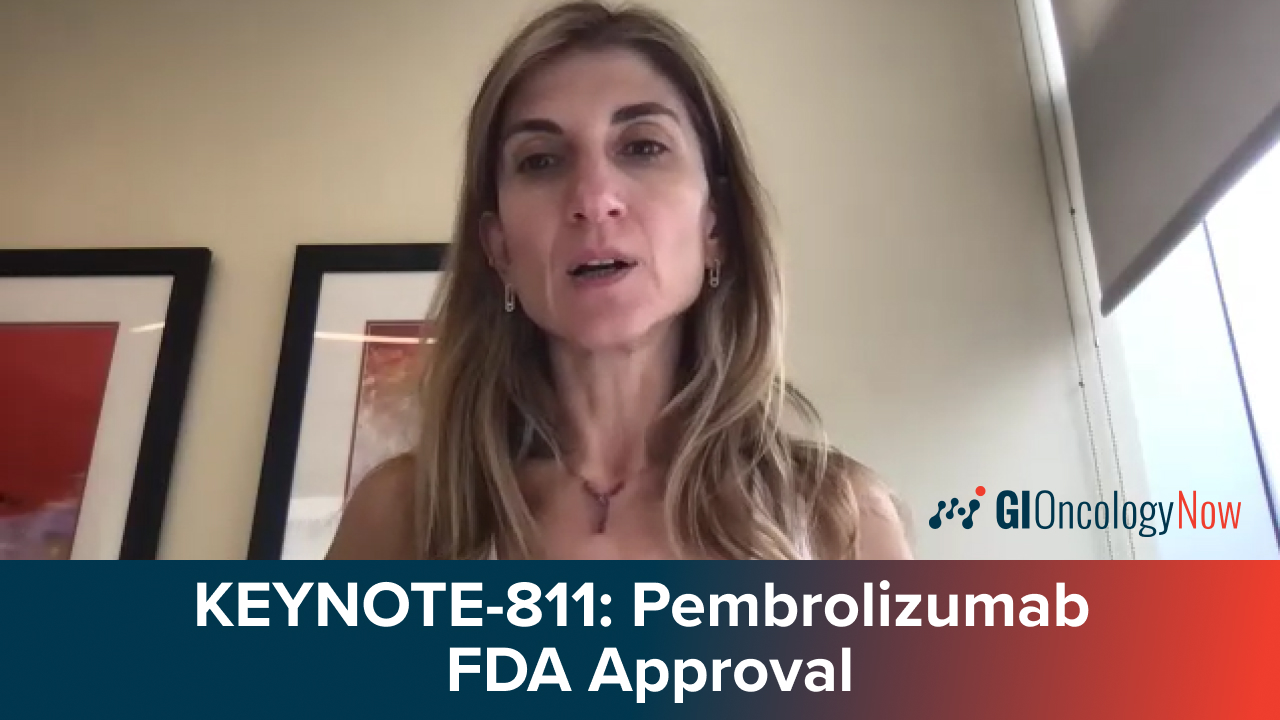
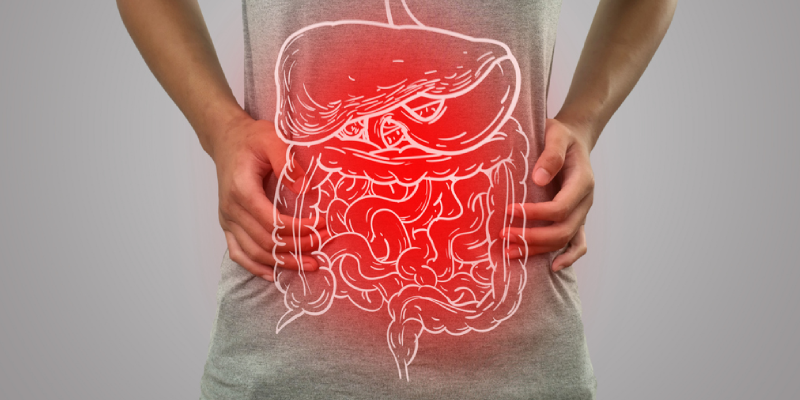
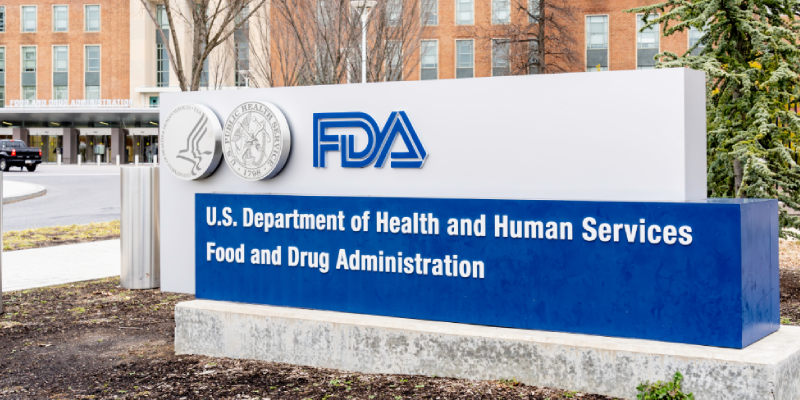

 © 2025 Mashup Media, LLC, a Formedics Property. All Rights Reserved.
© 2025 Mashup Media, LLC, a Formedics Property. All Rights Reserved.